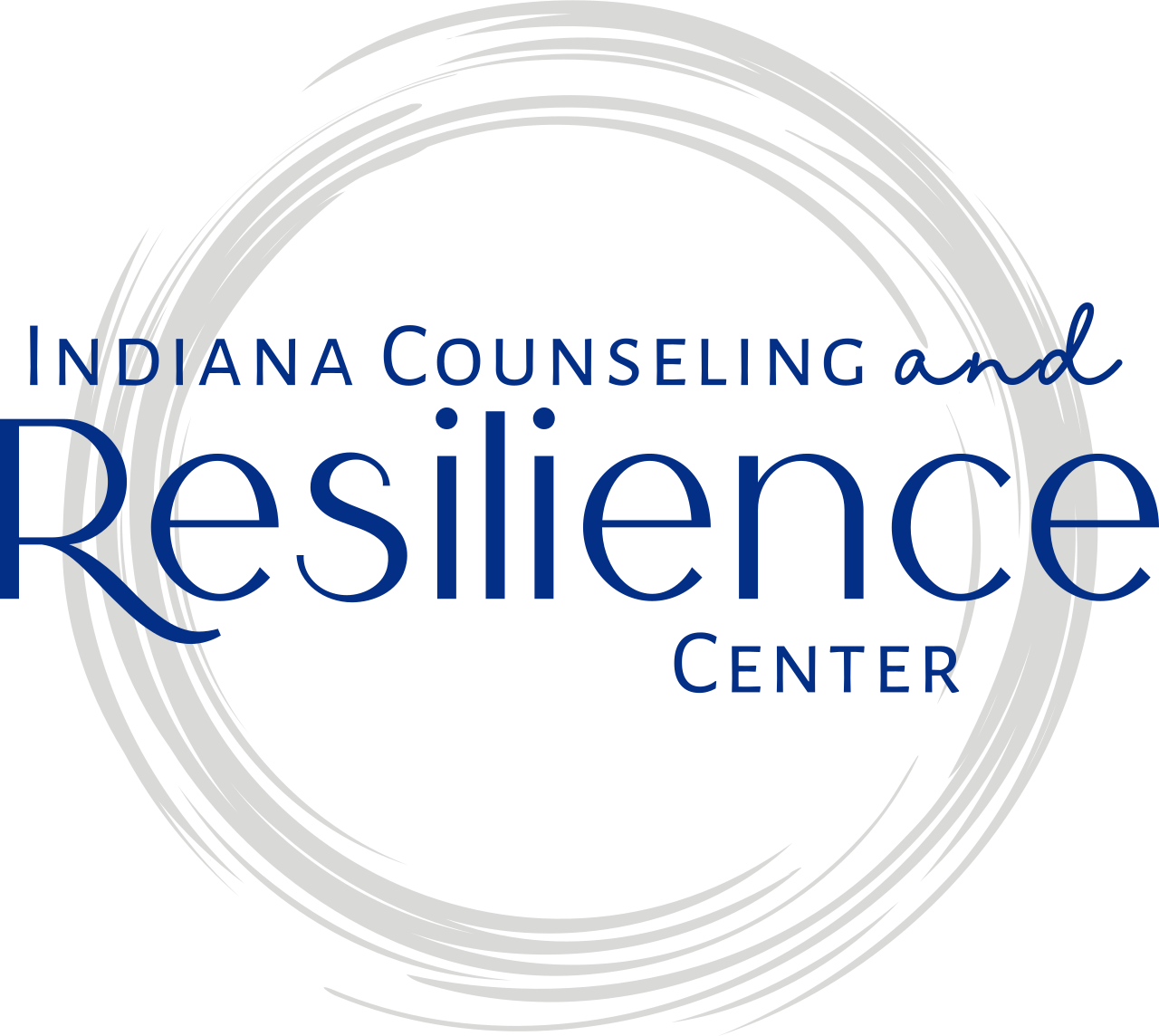What are the Eight Phases of EMDR?
Eye movement desensitization and reprocessing (EMDR), a highly structured, evidenced based therapy modality that helps those with trauma or intensely unpleasant past experiences move forward on their healing journey. EMDR is a process in which a clinician guides the client through eight phases in order to receive maximum benefits.
Phase One: History
In the history phase, the client and the clinician will discuss the client’s past, any trauma history, and negative beliefs. This is an exploration of the client’s goals and hopes for the EMDR process.
Phase Two: Preparation
During Phase Two, the client and clinician work together to create a “safe place” for the client. The “safe place” is a clear mental image of a comfortable place in which the client can retreat to. The “safe place” is individualized to the client’s needs and desires. Some examples of potential safe places are the beach, a mountain, in a yoga studio, in a backyard, etc. The client will describe their “safe place” in detail to the clinician and visualize themself going there.
Phase Three: Assessment
In Phase Three, the client and clinician will discuss the “target”, another word for the specific past negative incident they will be exploring. EMDR finds that all targets are connected to a negative internal belief about oneself. In the Assessment phase, the clinician and client will discuss that negative belief and the client’s understanding of the intensity and veracity of that belief in their present state.
Phase Four: Desensitization
Phase Four is what is typically represented when EMDR is shown through the media. In Phase Four, the clinician will guide the client in applying bilateral stimulation as the client and clinician revisit past trauma or memories. Bilateral stimulation is the introduction of sensation on two sides of the body. This stimulation allows the brain to reprocess memories and experiences. This can be implemented through taps of the knees, using headphones and hearing sounds, using guided eye movements, or other methods. This process will be repeated during this part of the session with the client until there has been a reduction of distress, as evidenced by the client’s report.
Phase Five: Installation
The clinician will guide the client in applying bilateral stimulation as the client and clinician install a positive belief that is congruent to the client’s former negative belief. For example, if a client’s negative belief was “I am not good enough”, the clinician and client will install “I am good enough” by focusing on that thought and applying bilateral stimulation. This will be repeated until the client’s belief in this new positive cognition has been solidified, as evidenced by the client’s report.
Phase Six: Body Scan
The clinician and the client will explore any present physical sensations the client is experiencing. If there are remaining somatic symptoms, the client and clinician will work to process those out.
Phase Seven: Closure
In Phase Seven, the clinician will encourage the client to return focus to the present moment. The clinician will assess the client’s stability and help the client relax and reset as they bring their awareness back to the present.
Phase Eight: Reevaluation
The final phase of EMDR will occur in the next session. The clinician and client will check in on previous targets, discuss any current or past distress regarding those targets, and ensure the newly installed positive beliefs are strong.
Interested in EMDR?
EMDR can look and feel different for everyone; while the process is structured, there is space to create highly individualized experiences for every client. Is there a past traumatic experience that has been holding you back? Are there difficult moments from childhood that impact the way you see the world? Curious about EMDR? Call or email Indiana Counseling and Resilience Center today! With clinicians who are trained and are supervised in EMDR, we are happy to support you on your journey to healing.
Begin EMDR Therapy in Indianapolis, IN today!
While EMDR therapy can be effective in treating a wide range of conditions, it is important to seek professional help. Our skilled therapists trained in EMDR therapy can help you to process your traumatic experiences and to live a more fulfilling life.
Learn more about our practice and experienced therapists who specialize in EMDR therapy.
Begin Your Journey to Healing!
Other Services
Our clients have access to multiple services to ensure they receive the support they deserve when overcoming their own hardships healthily. We offer many services, including anxiety therapy, supporting couples counseling, and trauma therapy, with both online and in-person options so that we can fit whatever needs you might have.





